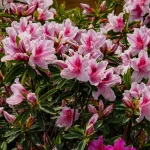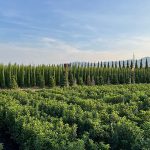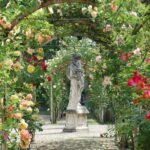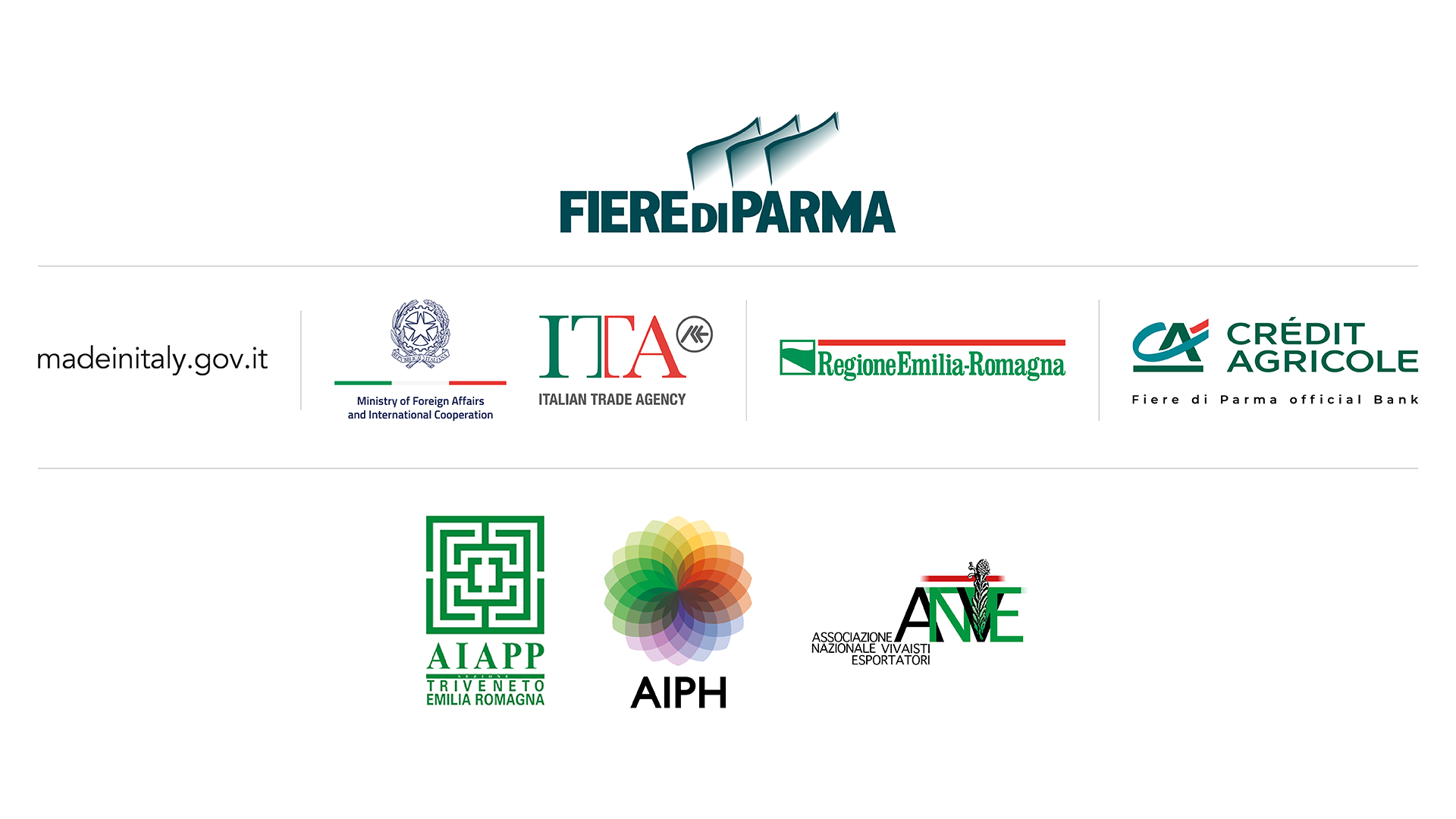A new way of understanding urban landscapes to address climate challenges
After intense working days, the selection of projects for Ars Urbana, the competition of Euroflora 2025 – scheduled to take place in Genoa from April 24 to May 4 – has concluded. The floral displays will be developed along the Waterfront of Levante, starting from the area of the new Park at Piazzale Kennedy, crossing the Palasport arena, and continuing to the seaside areas that lead from the floating exhibition path to the Jean Nouvel pavilion. The competition aims to support creativity and innovation in landscape design.
Fourteen projects have passed the evaluation by the selection committee, which includes architect Matteo Fraschini from the URGES Valagussa Group, designer of Euroflora 2025; landscape architect Caterina Tamagno representing Porto Antico di Genova S.p.A.; architect Angela Gambardella for the Order of Architects, Planners, Landscape Architects, and Conservators of the Province of Genoa; President of the Order of Agronomists and Forest Doctors of the Liguria Region, forestry doctor Giovanni Sanguineti; and the president of the Ligurian section of AIAPP – Italian Association of Landscape Architecture, architect Anna Sessarego, who chaired the committee.
“The proposed concepts – explained Sessarego – were found to be interesting and innovative, with a heterogeneous depth of content, developed in narratives and suggestions that interpret art as humanity’s action of shaping nature in an aesthetic sense within the urban context. The theme of the relationship between man and nature takes into account the climate changes that have altered the paradigm: no longer does man dominate nature, but nature becomes the protagonist, forcing man to adapt his actions to the laws of nature in order to ensure the survival of the ecosystem/landscape of which he is a part.
Some projects highlight the necessity of protecting nature by covering the soil with a veil, allowing it to carry out its vital processes undisturbed, or by placing it in an inaccessible position to any sensory experience of man, enabling him to admire it in “streaming,” or by de-sealing the soil to make space for the growth of spontaneous, ruderal vegetation that pushes through the structures built by humans. Other projects emphasize human ingenuity capable of combining architectural art with the use of natural and reclaimed materials through sustainable solutions. Some projects contrast the natural landscape with the anthropized one, using the theme of reflection in its dual meaning: pausing to think and duplicating or distorting reality, in one case distancing nature and allowing man to access only his reflected image on the ground.”
In summary, the presented projects suggest a new way of understanding urban landscapes; nature is no longer anthropized and reduced to rational forms for decoration or mitigation but becomes the protagonist, emerging in space, time, and with its own laws, contributing to regenerating a resilient city capable of facing the climate challenges of our time.
The reasons that led to the selection of the fourteen projects were innovation, creativity, clarity, coherence of the design idea with the theme of Euroflora, aesthetic and landscape quality, technical feasibility, ease of maintenance, and implementation costs. Other reasons included the dissemination of cultural messages and the gradual accessibility of understanding at multiple cultural and age levels for visitors.
The assigned spaces – four for the under-30 category and ten for the over-30 category – have an area of about 50 square meters each and are located in the first area of Euroflora, the Park at Piazzale Kennedy. A second committee will evaluate the completed projects on April 23, the day before the opening, which is traditionally dedicated to the work of the juries for all Euroflora competitions.







